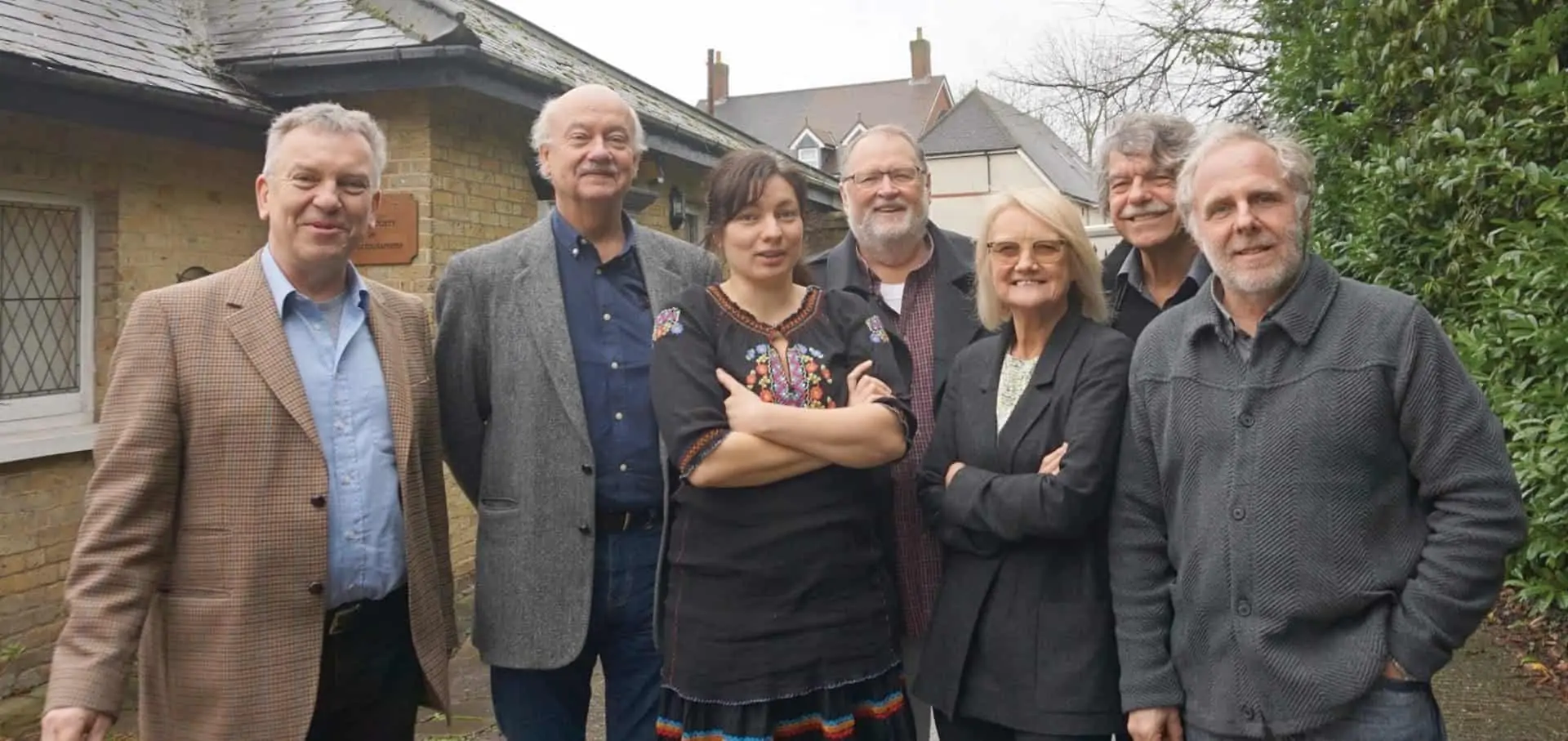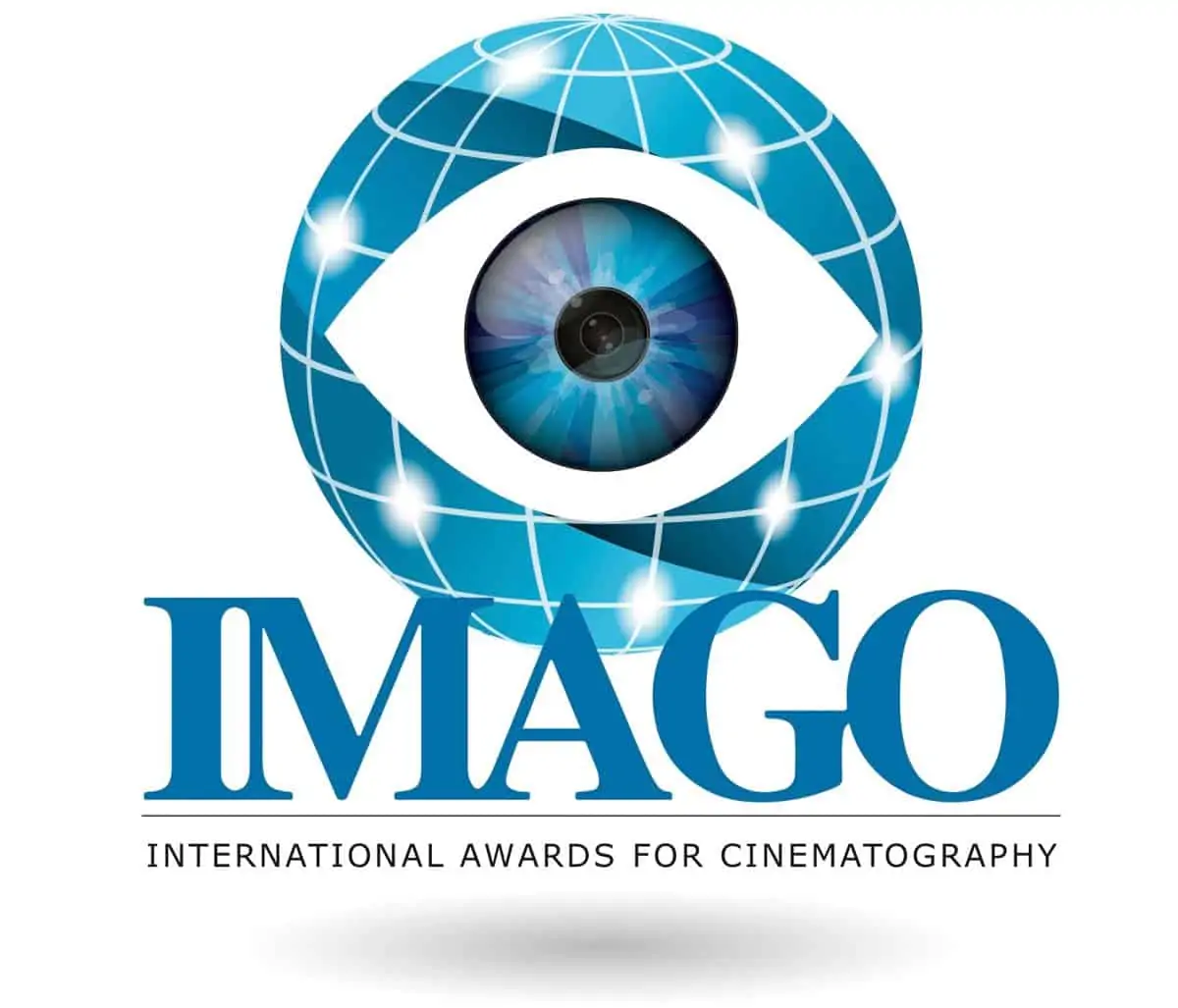Three things need fixing… now!
Oct 7, 2019
1. Cinematographers Need Control Of Their Images
In many countries, cinematographers are still not recognised as authors and are therefore not protected by the copyright laws. If a stills photographer and a cinematographer make an exact identical image, the stills photographer is recognised as the author and has the copyright of their image and can therefore protect it from misuse, unlawful copying and/or unlawful changes. Also, in the USA, the stills photographer is protected by the Federal Copyright Act. The stills photographer is protected from other individuals cropping, colouring, or using their image in any way the stills photographer disagrees with.
The cinematographer’s image is far from protected in the same way.
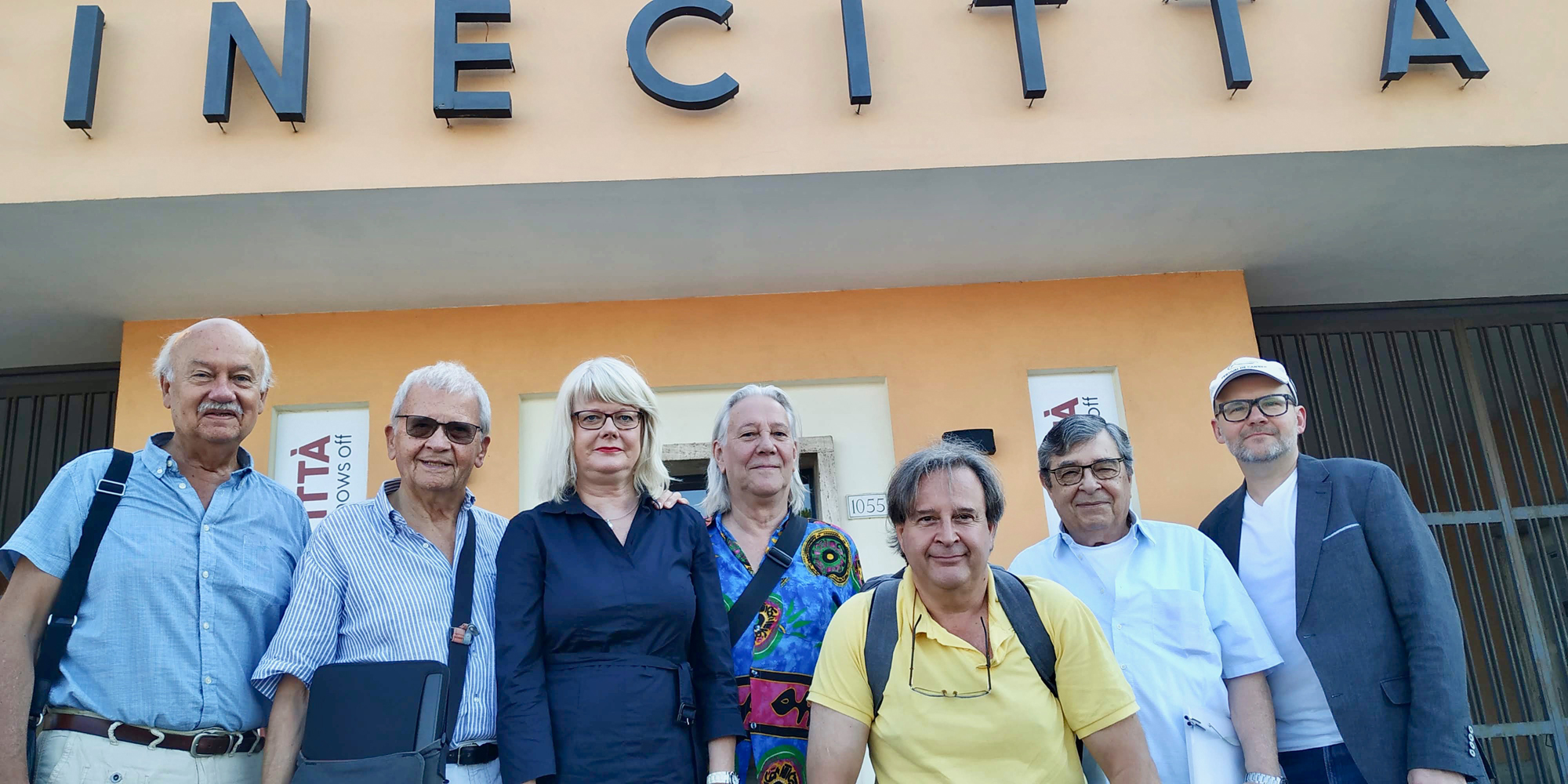
From several parts of the world, reports are coming in to IMAGO that producers increasingly exclude cinematographers from the grading of their images and from the post-production process.
Colourists are grading cinematographer’s images together with producers and/or directors without the cinematographer being either invited or informed, and we experience our images being cropped to the unrecognisable and getting coloured miles away from the cinematographer’s artistic intentions.
Cinematographers need the right to control their images! IMAGO believes that, with correct information and explanation, a majority of our colleagues in the film business can understand our claim that cinematographers need control of their images, and that cropping, colouring and changing our images in other ways without the cinematographer’s agreement, is gravely unjust.
Just as it is unacceptable that someone colours Van Gogh´s sunflowers blue, that the film’s script is changed without the consent of the scriptwriter, or the music is played with a guitar instead of a trumpet without the consent of the composer, it is unacceptable to make significant changes to the cinematographer’s images without the consent of the cinematographer!
Cinematographers are great diplomats. Without this absolutely necessary quality, they would soon be out of work. Cinematographers understand that compromises sometimes, or often, may be necessary, and I am in no doubt they will cooperate to their greatest extent to find compromises that are acceptable to all parties, should a change to an image be necessary. What we ask for is to be consulted. We need to be part of the work and decisions, and we need to be present to make the best result as much as possible aligned with the cinematographer’s artistic intentions of the images we create.
The problem is also highly present when it comes to how national film archives in Europe often work when they digitise and restore historic films. Although they do a great, creative and important job, too often, archivists and restorers themselves alone decide how the film is to be graded and how the images shall look when finished, and the cinematographer (if still amongst us), is not even informed that the work is being performed.
Colour graders are one of the closest and most valued partners of cinematographers, but we also need them to fully-understand this important challenge. International cinematographers need to enter into a closer relationship with colour graders, so they are also informed and understand the fact that cinematographers need to have control of their images. It is a matter of quality and attitude.
Cinematographers need colourists, and we depend on a good working relationship with them, no doubt. Especially in this day and age of RAW files. But let there be no doubt, the image consists of the quality of the lighting, the choice of lenses, exposure, framing and movement of camera, filters, and the composition of the image. Most often, all of these are the cinematographer’s artistic choices alone. It is the cinematographer that more than anyone knows how the image is supposed to look! That is why directors or producers don´t do cinematography. Images are done so much better when created by people dedicating their whole life to them.
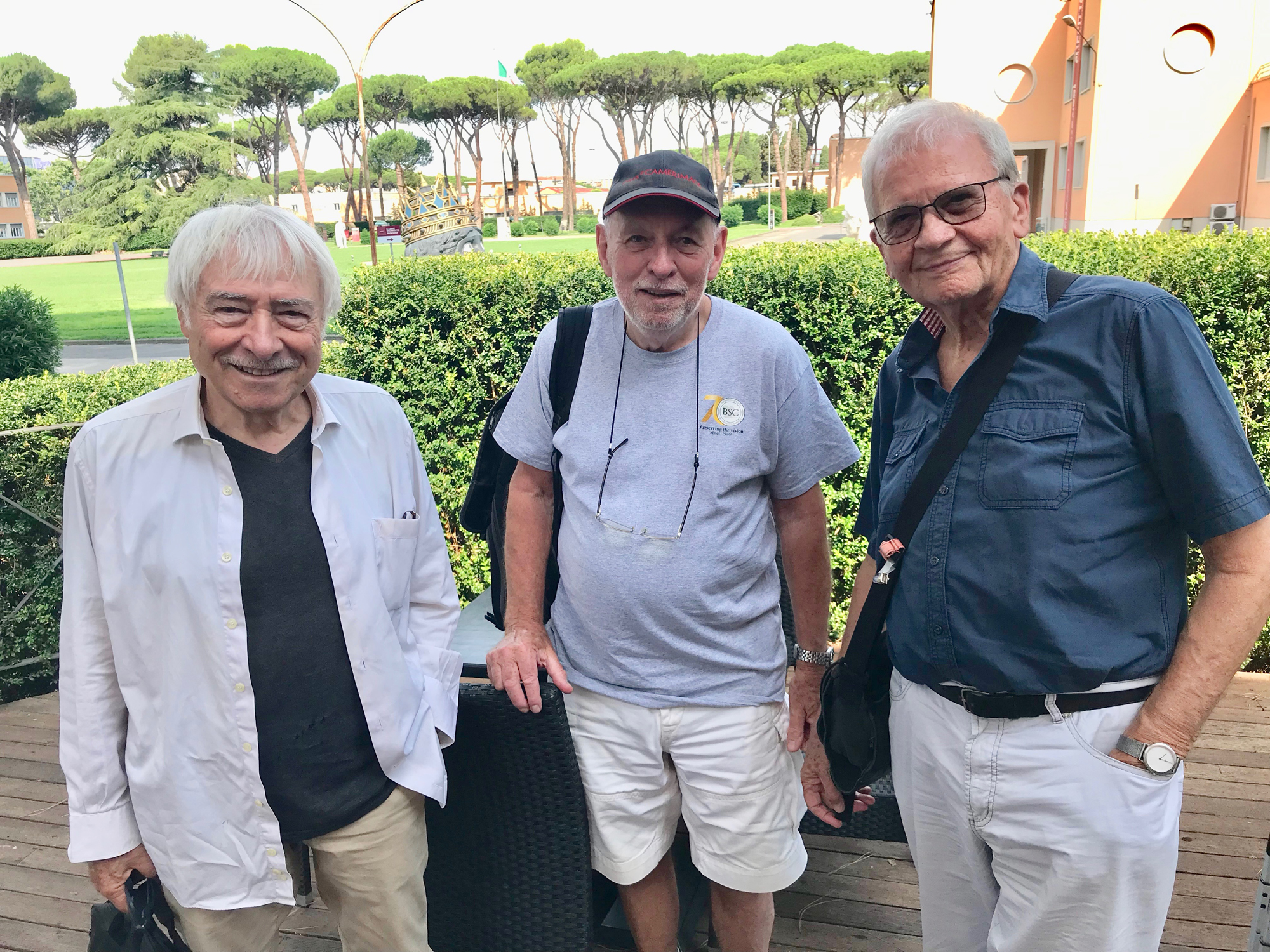
The IMAGO Authorship Committee, under the leadership of Luciano Tovoli ASC AIC, concluded in their summer meeting in Rome, that to change this practice and to place the cinematographer firmly in the grading room, we need a serious and extensive campaign – a campaign to make our colleagues recognise how fully-unjust and fully-unacceptable the present practice by many producers is.
We need an extensive campaign not only towards producers and directors, but we also need to partner with international colour graders, to make sure our problem is fully-recognised and understood by all – of course in full recognition of the grader´s specialised job, and in full recognition that the cinematographer needs a good relationship with the grader to get the maximum quality and result the cinematographer aims for.
But that is just the normal story of film production: good collaboration between a large number of specialised artists is necessary to get great and unforgettable results.
We also need to partner with educational institutions to reach the aspiring and future colourists for better understanding of the problem.
This matter will be a main focus for IMAGO in the year to come, and we will start a campaign to reach understanding for what IMAGO and all our international members see as obvious.
It is time international cinematographers get understanding for the right they have to not have their images changed without their agreement.
2. 12-on/12-off!
A 14 to 16-hour workday and six-day working weeks are not unusual for film crews on far too many productions. A 14-hour day, six-days-a-week, means an 84-hour working week. More than twice the normal working week for most people. And the problem is increasing.
These unacceptably-long days not only gravely affect safety on-set (tiredness greatly increases the chances for accidents), they affect diversity and inclusion (what disabled person, or woman or man with responsibility for children, can work 14-hour days/six-days-a-week?). They affect age groups too (what 50 to 60-year-old can work 14 hour days/six-days-a-week without seriously affecting their health?). And, not least, tiredness can significantly reduce the quality of our images, and thereby seriously affect the final quality of the production.
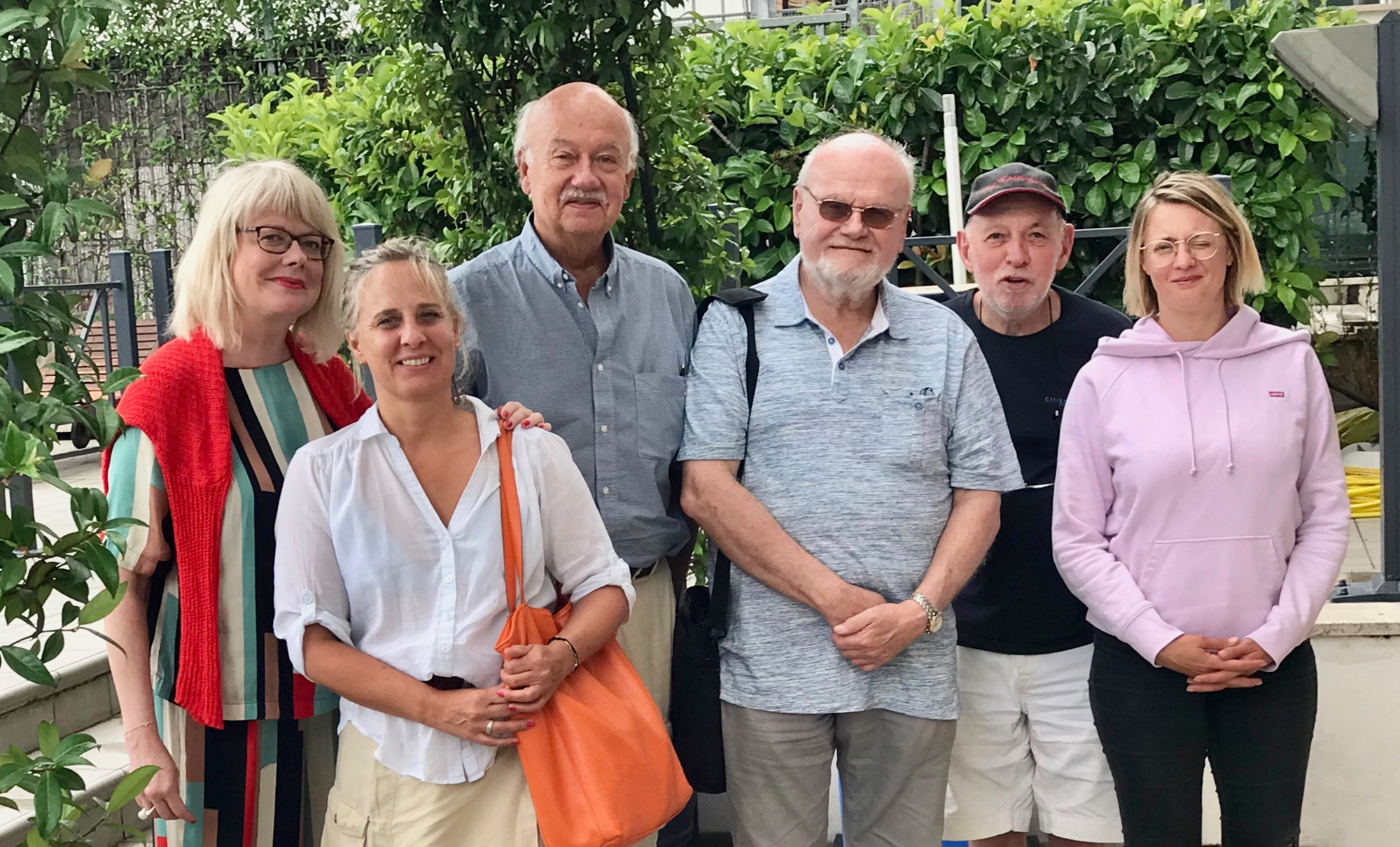
In their last meeting, the IMAGO Working Conditions Committee, led by Kurt Brazda AAC, debated this important matter. Film sets are usually planned for 12-hour days, but that is most often shooting time. When the last shot is finished for the day, there is still time needed for rigging down, next day prep, discussion with the director, getting props and costumes ready, and checking rushes.
Film work is glamourous, and if, as a young person without family are starting in the business, you are often willing to work until you fall over to please the production, for whom time is money. But it is the immensely valuable experience of the crew over 30 we need to keep as our colleagues in a long time perspective, and it is those we need to campaign for. And we want the international film business to be inclusive, diverse and, not least, to fit people with a family and children.
In the 1950s and ‘60s, on studio productions at least, 8-hour days were normal. Later, ten-hour days became normal, and then 12-hour days. Now 14 to 15-hour days are the new normal.
Some say the digital era is partly to blame, where every scene is shot from many more angles and often with several cameras. When our business was analogue, more careful planning was necessary, as filmstock was expensive. Today, better planning might be part of the answer.
Extraordinary, bright and talented women are needed for the future of the film industry.
During my long life as a cinematographer, I have employed many women in my camera crews. But today, none of them are still working in the film business. Family and children were not compatible with their lives in film production. And that is in Scandinavia, where film productions very rarely work more than ten-hour days. But, of course, extensive travelling is part of our job, also in Scandinavia.
Today we see the same trend. Even if 50% of the students in film schools are women, only around 10% of them remain in the business over a longer period of time. Working hours have to be reduced to have a chance of reaching IMAGO’s aim to have film production crews that reflect the society we live in.
Diversity and inclusion are essential aims for IMAGO, just as they should without doubt be for the whole industry. We cannot reach our aims without doing something about excessive working hours.
IMAGO is seeking partnership with our 53 worldwide member societies and with all international film-related unions to strengthen the work internationally for the 12-on/12-off campaign started by Haskell Wexler and Roderick E. Stevens in 2004. But we wish to go further. IMAGO wishes to campaign to make international producers and filmmakers accept that a maximum 60-hour week should be the standard.
IMAGO is already discussing with the EU its new EU film production support called Media 2020, with the aim to make a maximum 50-hour week as a standard compliance to be eligible to get EU support.
3. The Environment
Of things also needing to be fixed, is the film production’s environmental footprint.
IMAGO is working towards Media 2020’s call for film productions to raise awareness amongst film production crews about the important environment issue, and that film producers applying for funding in the EU support system must, in their application, provide a plan on how to reduce their film production’s environmental footprint.
Of the 20 warmest years in global history, all of them have been in the last 22 years, and the last four years have been the warmest ever registered according to the World Meteorological Organisation.
What can we do? Travel by train when possible, cooperate with partners with a specified and clear green policy, re-use materials, carpool, drive electric, reduce the use of plastic on productions and sustainable catering are all good examples.
And green is cash! It pays to fly less when and if possible, to save on energy (with LED lamps), to be aware of CO2 emissions and what raw materials we use, to avoid plastic cups, plates and cutlery, and also, perhaps to eat vegetarian once or twice a week during production. All of that is not only good for the environment, it is good for our health!
Also cinematographers, film producers and filmmakers have to take these matters seriously. If we do not have an active and effective policy on this, we might not have a liveable earth to leave to our children or the film crews that come after us!
IMAGO activities
The Oslo Digital Cinema Conference (ODCC), reputed to be one of the most valuable international conferences for cinematography with more than 250 international attendees: (Oslo 18th to 20th of October).
IMAGO will be strongly present at IBC 2019 in Amsterdam, The Manaki Film Festival in Bitola, Macedonia, and we will have masterclasses and seminars during Camerimage, also in collaboration with the ASC and other societies.
If you wish to follow what IMAGO does, sign up for our newsletter at www.imago.org








